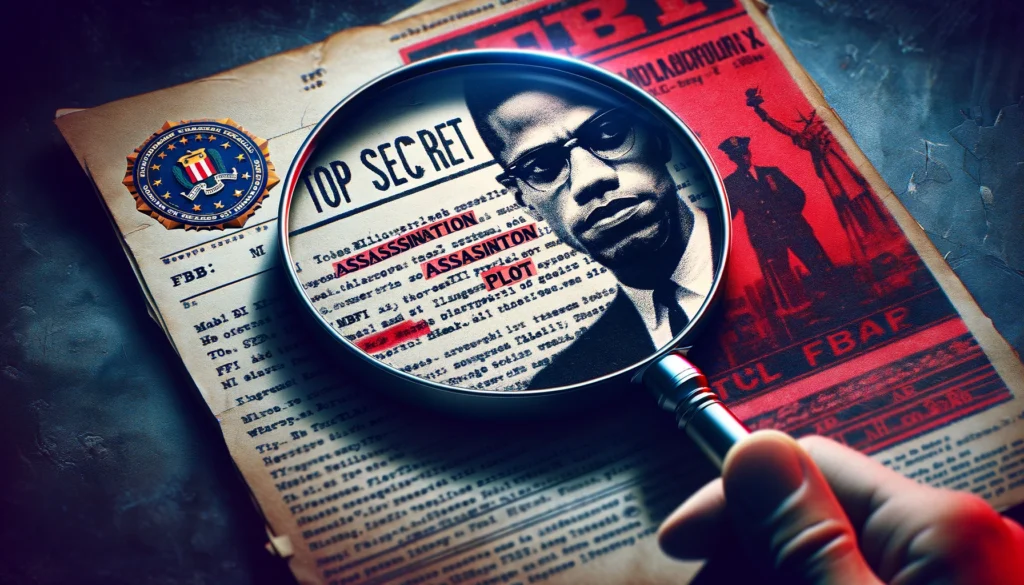
Unveiling The Secrets Of Crime: Uncovering Hidden Truths From Police Blotters And Overheard Conversations
Unlocking the enigma of crime has always captivated our collective imagination. From the tantalizing whispers of overheard conversations to the cryptic entries in police blotters, these fragments of information hold the potential to illuminate the hidden truths that lie beneath the surface of society.
In this captivating narrative, we will embark on a thrilling journey into the shadowy realm of crime, delving into the secrets concealed within police blotters and overheard conversations. We shall decipher the cryptic language of law enforcement, unravel the intricate web of criminal activity, and expose the hidden motives that drive individuals to commit heinous acts.
As we navigate this treacherous landscape, we will uncover the latest information on the most pressing crime-related issues, shedding light on the dark underbelly of society. Our investigation will encompass a comprehensive analysis of crime statistics, emerging trends, and the latest developments in law enforcement techniques.
Join us on this extraordinary odyssey as we uncover the hidden truths of crime, empowering ourselves with the knowledge to prevent, detect, and combat this pervasive societal scourge. Let us become vigilant observers, deciphering the secrets of crime and safeguarding our communities from the shadows that lurk within.
Prepare to be captivated as we delve into the depths of criminal investigations, bridging the gap between the public and the enigmatic world of law enforcement. Together, we shall illuminate the path towards a safer and more just society.
Unveiling the Secrets of Crime: Uncovering Hidden Truths from Police Blotters and Overheard Conversations is an ongoing exploration into the intriguing realm of crime and justice. As new information emerges, we will continue to update this narrative, providing you with the most up-to-date insights and analysis.
Stay tuned for regular updates and in-depth investigations as we uncover the hidden truths behind some of the most perplexing crimes and unravel the mysteries that have baffled law enforcement for years. Together, let us shine a light on the darkest corners of society and expose the secrets that have long been concealed.
In the meantime, we encourage you to share your own experiences, insights, and questions related to crime and justice. Your contributions will help shape the direction of this narrative and ensure that it remains a valuable resource for all who seek to understand the complex world of crime.
The Role of Police Blotters in Uncovering Hidden Truths
Police blotters are often seen as mundane records of daily police activity. However, these seemingly innocuous documents can be veritable treasure troves of information for those who know how to read between the lines.
Each entry in a police blotter tells a story, albeit a brief and often cryptic one. By carefully examining these entries, we can gain insights into the types of crimes being committed in a particular area, the methods criminals are using, and the patterns that emerge over time.
Deciphering the Language of Police Blotters
Police blotters are written in a unique language that can be difficult for outsiders to understand. However, by learning the basic terminology and abbreviations, we can unlock the secrets hidden within these documents.
For example, the term “disturbance” can refer to a wide range of offenses, from loud parties to domestic violence incidents. Similarly, the abbreviation “B&E” stands for “breaking and entering,” while “DUI” refers to “driving under the influence” of alcohol or drugs.
By understanding the language of police blotters, we can gain a deeper understanding of the crimes being committed in our communities and the challenges faced by law enforcement.
Overheard Conversations: A Window into the Criminal Mind
Overheard conversations can provide valuable insights into the minds of criminals, revealing their motives, plans, and methods of operation.
Whether it’s a whispered conversation between two suspects or a chance remark overheard in a public place, these snippets of information can provide crucial leads for law enforcement and help prevent future crimes.
Eavesdropping for Justice
Eavesdropping may have a negative connotation, but it can be a powerful tool for law enforcement when used ethically and within legal boundaries.
By listening to overheard conversations, police officers can gather intelligence on criminal activity, identify suspects, and gather evidence to support their cases.
In some cases, overheard conversations have led to the solving of major crimes, including murders, kidnappings, and drug trafficking operations.
Crime Statistics: Mapping the Patterns of Criminal Activity
Crime statistics provide a numerical snapshot of crime trends in a particular area or region. By analyzing these statistics, we can identify the areas most affected by crime, the types of crimes being committed, and the times and days when crimes are most likely to occur.
Crime statistics can also be used to track the effectiveness of law enforcement strategies and identify areas where additional resources are needed.
Crime Mapping: Visualizing the Data
Crime mapping is a powerful tool that allows us to visualize crime data and identify patterns and trends that might not be apparent from the numbers alone.